People around the world have always been fascinated by the ancient civilizations that once thrived in Mesopotamia, the land between the Tigris and Euphrates rivers. Mesopotamia, also known as the cradle of civilization, is a region that has been inhabited for thousands of years and has a rich cultural and historical heritage. One of the most significant features of this region is the Euphrates River, which has played a critical role in the development of Mesopotamian civilization.
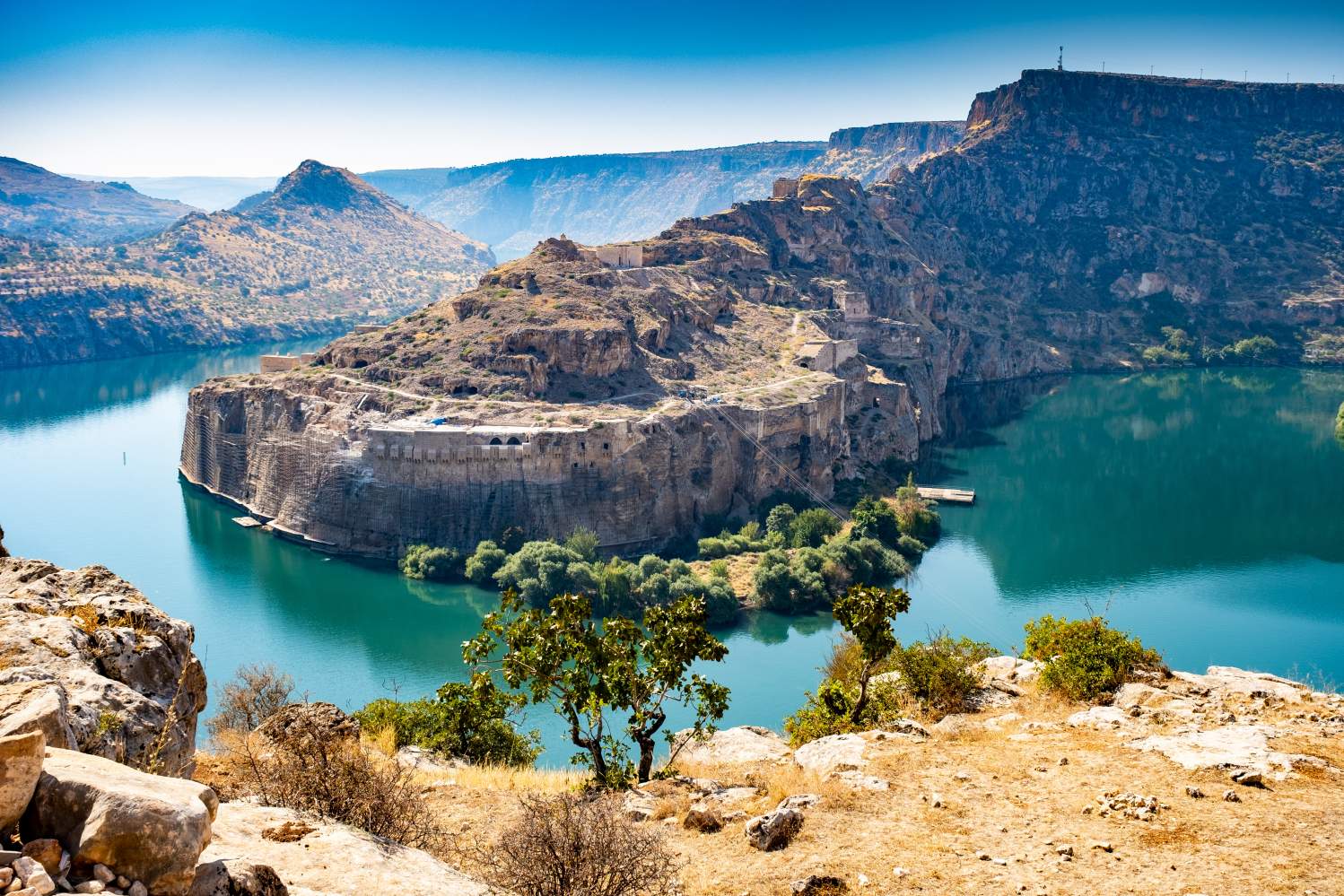
The significance of the Euphrates River in Mesopotamia
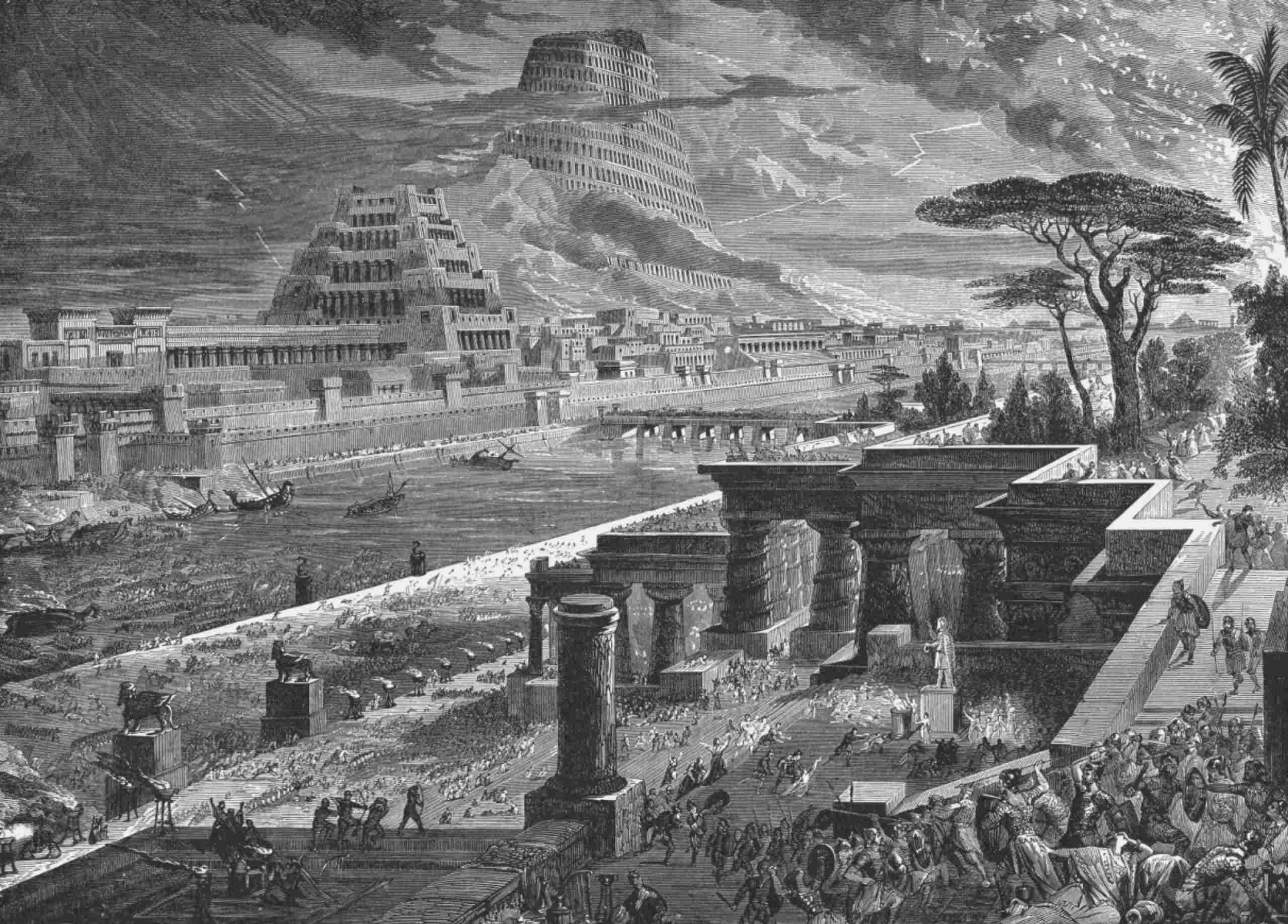
The Euphrates River is one of the two main rivers in Mesopotamia, the other being the Tigris River. Together, these rivers have sustained human life in the region for millennia. The Euphrates River is approximately 1,740 miles long and flows through Turkey, Syria, and Iraq before emptying into the Persian Gulf. It provided a constant source of water for irrigation, which allowed for the development of agriculture and the growth of cities.
The Euphrates River also played a crucial role in Mesopotamian religion and mythology. In ancient Mesopotamia, the river was considered a sacred entity, and many religious rituals were performed in its honor. The river was often personified as a god, and there were many myths surrounding its creation and significance.
The drying up of the Euphrates River
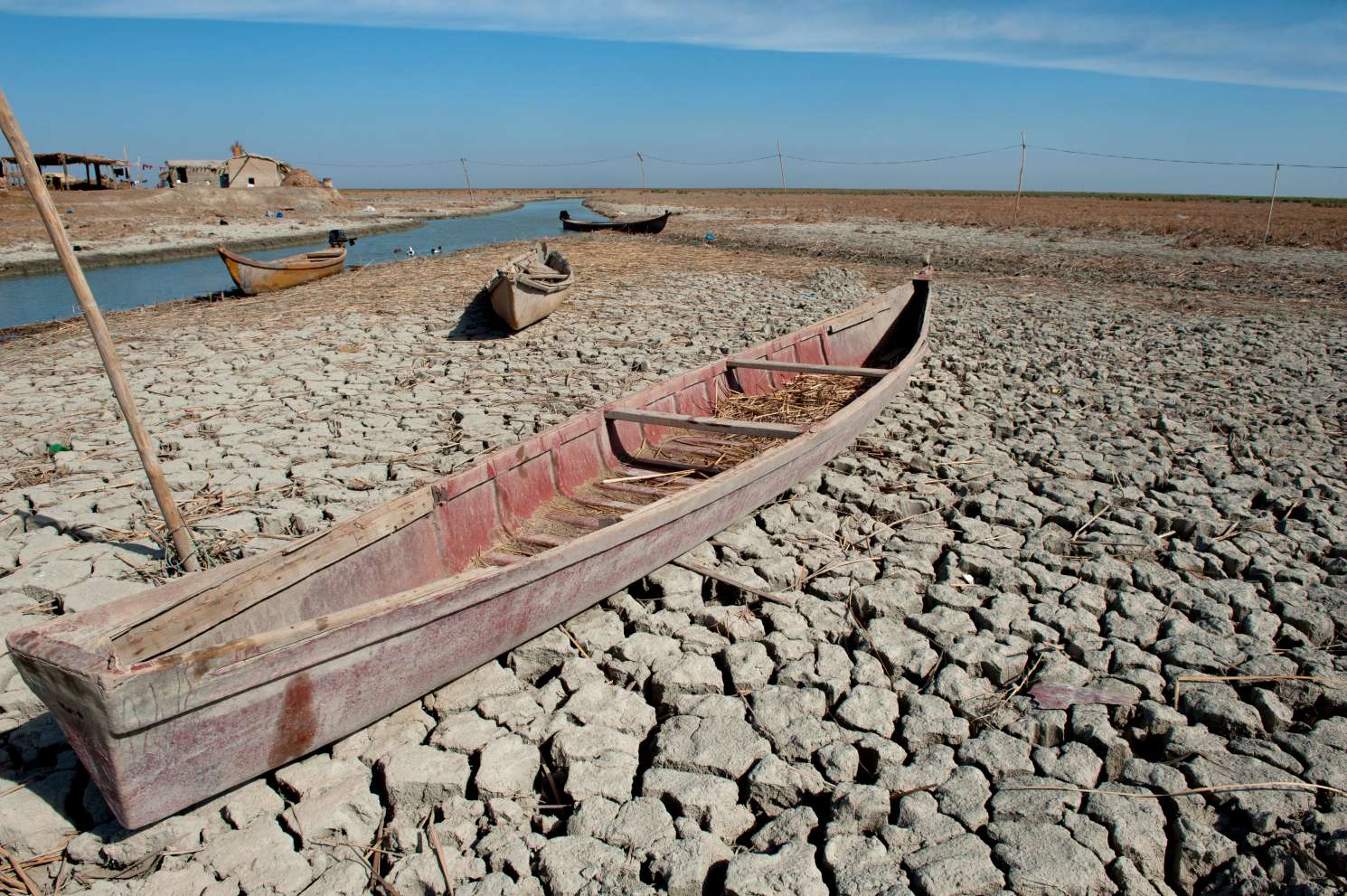
According to a prophecy in the Bible, significant events, including the Second Coming of Jesus Christ and the rapture, may occur when the Euphrates river ceases to flow. Revelation 16:12 reads: “The sixth angel poured out his bowl on the great river Euphrates, and its water was dried up to prepare the way for the kings from the East.”
Originating in Turkey, the Euphrates flows through Syria and Iraq to join the Tigris in the Shatt al-Arab, which empties into the Persian Gulf. But in recent years, the Tigris–Euphrates river system has been drying up, causing concern among scientists, historians, and the people who live along its banks.
The river’s flow has decreased significantly, and in some places, it has completely dried up. This has had a profound impact on the people of today’s Mesopotamia, who have relied on the river for their survival for thousands of years.
A government report in 2021 warned that the rivers could run dry by 2040. The decrease in water flow is primarily due to climate change, which has caused a reduction in precipitation and an increase in temperature. The construction of dams and other water management projects has also contributed to the drying up of the river.
NASA’s twin Gravity Recovery and Climate Experiment (GRACE) satellites collected images of this area in 2013 and found that the Tigris and Euphrates river basins had lost 144 cubic kilometers (34 cubic miles) of freshwater since 2003.
In addition, GRACE data show an alarming rate of decrease in total water storage in the Tigris and Euphrates river basins, which currently have the second fastest rate of groundwater storage loss on Earth, after India.
The rate was especially striking after the 2007 drought. Meanwhile, demand for freshwater continues to rise, and the region does not coordinate its water management because of different interpretations of international laws.
The impact of the drying up of the Euphrates River on the people of the region
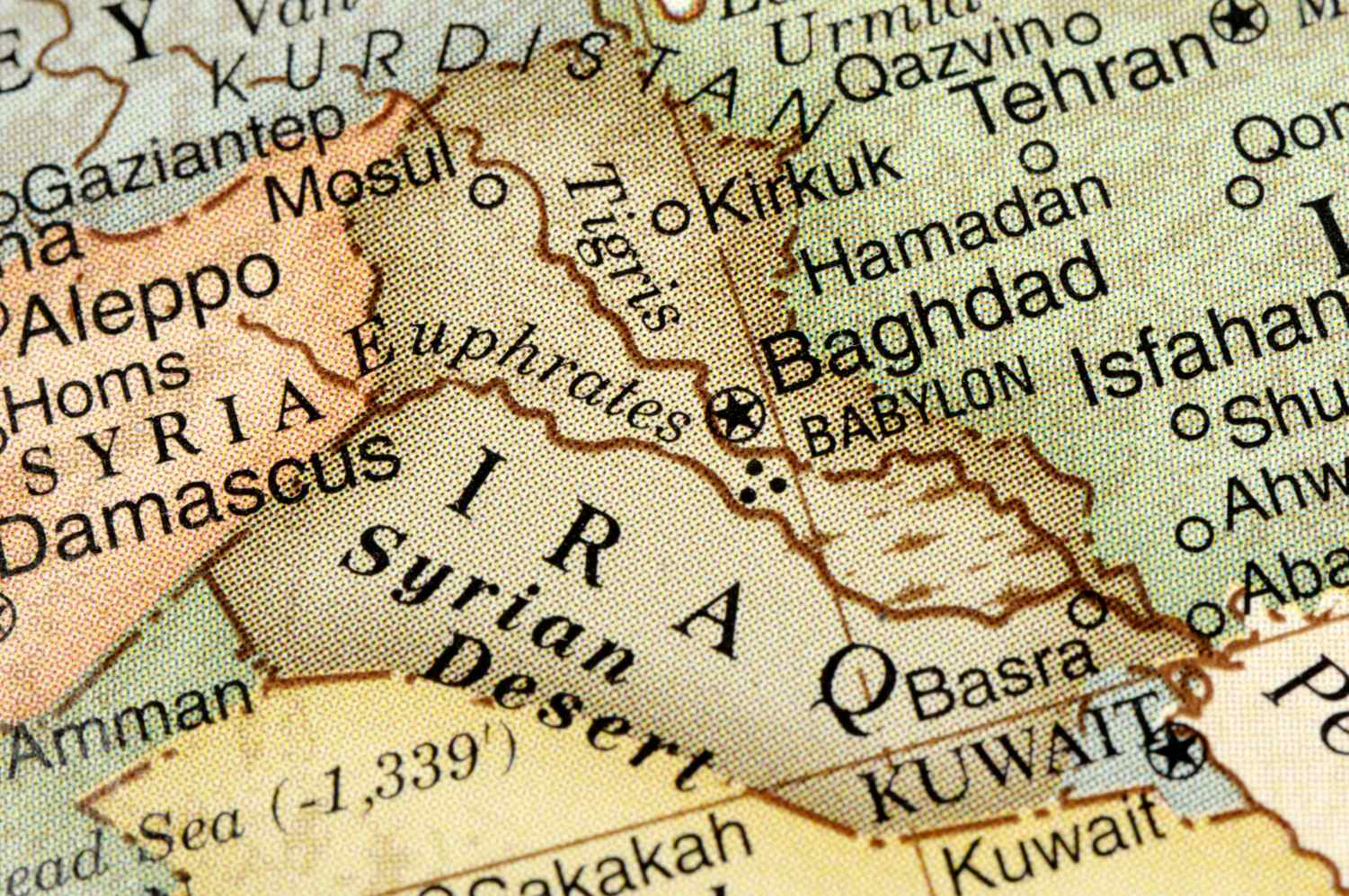
The drying up of the Euphrates River has had a significant impact on the people across Turkey, Syria, and Iraq. Agriculture, which has been the main source of livelihood for many people in the region, has been severely affected. The lack of water has made it difficult for farmers to irrigate their crops, leading to lower yields and economic hardship.
The decrease in water flow has also affected the availability of drinking water. Many people in the region now have to rely on water that is unsafe for consumption, leading to an increase in waterborne diseases like diarrhoea, chicken pox, measles, typhoid fever, cholera, and etc. To say, a total collapse of the river system would spell disaster for the region.
The drying up of the Euphrates River has also had a cultural impact on the people of the historical land. Many of the region’s ancient sites and artifacts are located along the river’s banks. The drying up of the river has made it difficult for archaeologists to access these sites and has put them at risk of damage and destruction.
The new archaeological discoveries made due to the drying up of the Euphrates River
The drying up of the Euphrates River has also led to some unexpected discoveries. As the water level in the river has decreased, archaeological sites that were previously underwater have been revealed. This has allowed archaeologists to access these sites and make new discoveries about Mesopotamian civilization.

One of the most significant discoveries made due to the drying up of the Euphrates River is the ancient city of Dura-Europos. This city, which was founded in the third century BC, was a major center of Hellenistic culture and was later occupied by the Parthians and Romans. The city was abandoned in the third century AD and was later buried by sand and silt from the river. As the river dried up, the city was revealed, and archaeologists were able to uncover many of its treasures.
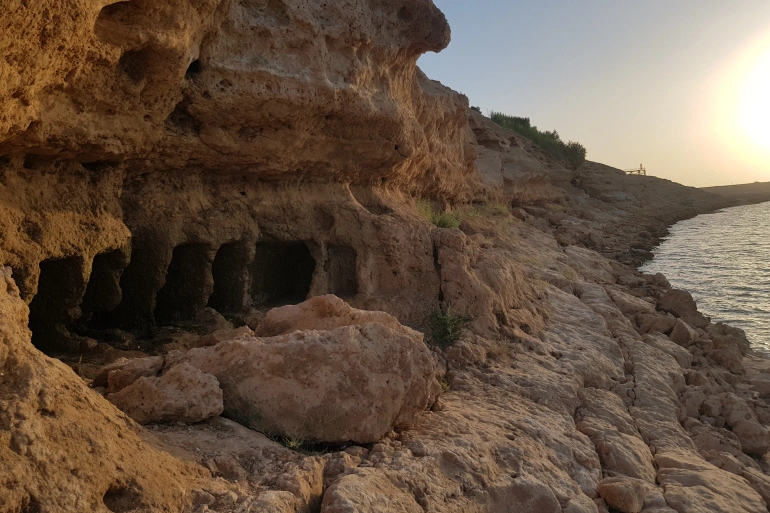
The dried up river also revealed an ancient tunnel that leads to the underground with a very perfect building structure, and even has stairs that are neatly arranged and are still intact to this day.
The historical significance of Mesopotamia
Mesopotamia is one of the most significant regions in human history. It is the birthplace of many of the world’s oldest civilizations, including the Sumerians, Akkadians, Babylonians, and Assyrians. These civilizations made significant contributions to human civilization, including the development of writing, law, and religion.
Many of the world’s most famous historical figures, including Hammurabi, Nebuchadnezzar, and Gilgamesh, were associated with Mesopotamia. The region’s historical significance has made it a popular destination for tourists and scholars alike.
Mesopotamia’s impact on modern-day society
Mesopotamian civilization has had a profound impact on modern-day society. Many of the concepts and ideas developed in Mesopotamia, such as writing, law, and religion, are still in use today. The region’s contributions to human civilization have paved the way for many of the advancements that we enjoy today.
The drying up of the Euphrates River and the resulting impact on Mesopotamian civilization serve as a reminder of the importance of preserving our cultural and historical heritage. It is essential to take steps to protect and maintain the ancient sites and artifacts that are so crucial to understanding our past.
Theories surrounding the drying up of the Euphrates River
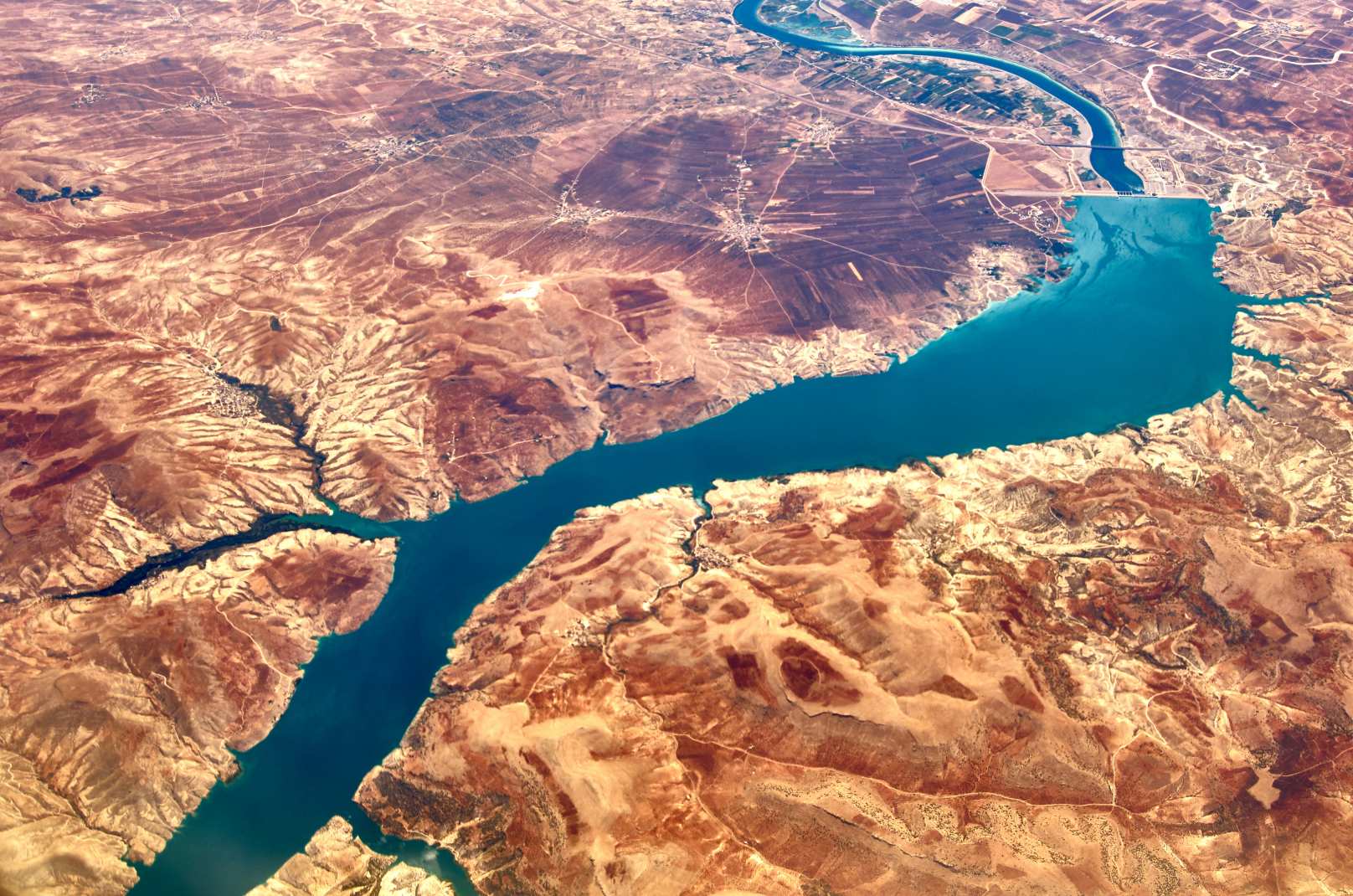
There are many theories surrounding the drying up of the Euphrates River. Some scientists believe that climate change is the primary cause, while others point to the construction of dams and other water management projects. There are also theories that suggest that the drying up of the river is a result of human activities, such as deforestation and overgrazing.
Regardless of the cause, it is clear that the drying up of the Euphrates River has had a significant impact on the people of the Western Asia and their cultural heritage.
Efforts to restore the Euphrates River
Efforts are underway to restore the Euphrates River and ensure that it remains a vital resource for the people of Mesopotamia. These efforts include the construction of new dams and water management projects designed to increase water flow and reduce the impact of climate change.
There are also initiatives to preserve and protect the region’s cultural and historical heritage. These initiatives include the restoration of ancient sites and artifacts and the development of tourism infrastructure to promote the region’s cultural and historical significance.
Conclusion
Mesopotamia is a region with a rich cultural and historical heritage that has played a crucial role in human civilization. The Euphrates River, one of the region’s most significant features, has sustained human life in the region for thousands of years. The drying up of the river has had a profound impact on the people of Mesopotamia and their cultural heritage.
Efforts are underway to restore the Euphrates River and protect the region’s cultural and historical heritage. It is essential to take steps to preserve these ancient sites and artifacts, which serve as a link to our past and provide valuable insights into the development of human civilization. As we move forward, it is crucial that we continue to recognize the importance of preserving our cultural and historical heritage and take action to ensure that it remains intact for future generations.




